Granny Flat Cladding Options
Granny Flat Cladding Options
We often get asked about granny flat cladding options and how to decide on this critical choice, so here’s a simple guide to help you decide on which granny flat cladding is best for you.
Below, I’ve listed the nine most prevalent Australian Granny Flat Cladding options, with their respective advantages and disadvantages:
1. Horizontal Cladding (Vinyl Clad)
Advantages:
(a) Low Cost
(b) Comes Pre-Painted and doesn’t need maintenance except washing with mild detergent every 5 years or so. Most people don’t even do that but they should!
(c) Overall Wall Thickness is the least of all 8x Options – critical for NSW Granny Flat’s limited floor space.
(d) Modern Thermal Insulation is comparable to Brick and Block options.
(e) Being quite flexible means no cracking due to movement.
Disadvantages:
(a) Not as sound proof as other options (Brick and Hebel), although modern sound insulation helps.
(b) Some people view cladding options as inferior to brick
(c) Can be dented by severe impact from small, hard objects.
(d) Recommended that you pressure wash vinyl cladding with a detergent every few years. This avoids pollutants washing-out the colour and lustre.
2. Horizontal Cladding (Timber Clad)
Advantages:
(a) Profile looks more authentic than vinyl-clad, especially up close
(b) Has character and charm and meets (some areas) heritage requirements in some areas of Sydney. (e.g. Chatswood)
(c) Whilst not as flexible as vinyl cladding it generally never cracks due to movement.
Disadvantages:
(a) Needs painting & re-painting every 4-5 years
(b) Relatively expensive compare to vinyl-cladding
(d) Can be damaged by sharp objects.
(e) Not as sound-proof as brick, although modern insulation techniques can help.
3. Fibre Cement Sheeting (FCS):
Advantages:
(a) Looks more modern than horizontal cladding options
(b) Cheaper alternative to rendered concrete panels, especially for upper storey support, where exterior walls are inside the ground-floor outer walls
Disadvantages:
(a) Not as sound proof as other options (Brick and Hebel), although modern insulation helps
(b) Some people view fibro as inferior to brick or other cladding options
(c) Can be damaged by sharp missiles and objects, especially cricket balls carefully aimed between wall-studs!
(d) Needs Rendering, Painting and Re-Painting every 3-5 years
4. Brick-Veneer

Brick Cladding
Advantages:
(a) Looks more modern than horizontal cladding options
(b) Most people consider brick to add more value than cladding options
(c) Needs virtually no maintenance and is virtually indestructible
(d) Great to match the front dwelling, especially on visible corner lots or when built to the side of the main dwelling.
(e) Great Sound Insulation qualities
(f) Very popular for Australian new-home construction.
Disadvantages:
(a) Lost internal floor-space with brick-veneer (approx. 5.8 sq. m) which means you lose 10% of floor space, compared to other cladding options. This is a huge issue for granny flats, which are already squeezed for space
(b) Dearer compared to vinyl-cladding (Approx. $6,500 more)
5. Double Brick
Advantages:
(a) Looks more modern than horizontal cladding options
(b) Most people consider brick to add more value than cladding options
(c) Needs virtually no maintenance and is virtually indestructible
(d) Great to match the front dwelling, especially on visible corner lots
(e) Great Sound Insulation
Disadvantages:
(a) You lose too much granny flat floor-space with double-brick (approx. 11 sq. m)which is 20% of lost space, compared to other cladding options.
(b) More expensive than brick-veneer (Approx. $1,500 more) for granny flats
(c) Can eventually show cracks if foundations are unstable or in reactive soils.
6. Concrete Block (e.g. Hebel Blocks)
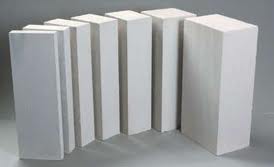
Hebel Blocks
Advantages:
(a) Looks more contemporary than horizontal cladding options
(b) Great for fire rated walls
(c) Great Sound insulation
Disadvantages:
(a) You lose a lot of internal floor-space with Hebel Blocks (approx. 5.8 sq. m)which is 10% of lost space, compared to other cladding options. This is a huge issue for granny flats, which are already squeezed for space
(b) Relatively expensive compared to vinyl-cladding (Approx. $8,000 more)
(c) Needs to be sealed, rendered and painted.
(d) Needs to be re-painted every 3-5 years and needs to be washed every year to avoid streaking
(e) Can crack after a few years, usually after your 7-Year Home-Owner warranty has expired. This means no insurance coverage for cracks!
(f) There’s no internal wall cavity, so running new wiring and plumbing can be troublesome. No cavity may also mean eventual rising damp problems, especially if built by inexperienced builder.
7. Concrete Panel (e.g. Hebel Panels)
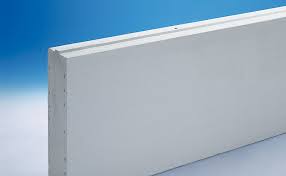
Hebel Panels
Advantages:
(a) Looks more modern than horizontal cladding options
(b) Great for fire rated walls and where a dwelling is built to the property boundary.
(c) Great Sound insulation
(d) Modern, smooth finish & can be painted or rendered to almost any colour
Disadvantages:
(a) You lose some internal floor-space with Hebel Panels (approx. 3 sq. m)which is 5% of lost space, compared to other cladding options.
(b) Needs to be sealed, rendered and painted
(c) Needs to be re-painted every 3-5 years and needs to be washed every year to avoid streaking
(d) Needs substantial roof-eaves in order to protect the face from pollution and weathering
(e) Can crack at vertical joins after a few years.
8. Metal Cladding
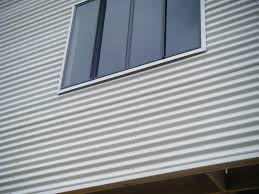
Colorbond Cladding
Advantages
(a) Low Cost compared to all but vinyl-cladding
(b) Comes Pre-Painted and doesn’t need a lot of maintenance
(c) Overall Wall Thickness is the least of all 8x Options – critical for NSW Granny Flat’s limited floor space.
Disadvantages:
(a) Not as sound proof as other options
(b) Most people view any metal cladding as inferior to all other cladding options
(c) Susceptible to corrosion, especially if the protective coating is damaged by sharp objects
(d) Expansion and contraction during the heat & cold of the Australian climate can make this option a noisy one to live in. Steel structures can ‘snap’ and ‘bang’ in the middle of the night!
9. Sandwich Panel
Advantages:
(a) Lightweight, modern building material which is seeing some modest uptake in Australia in recent years
(b) Excellent thermal and acoustic performance
(c) Needs virtually no maintenance if bought pre-painted
(d) Can look great if done by experienced installers
(e) Offers faster ‘lock-up’ at construction time, although other internal fit-out challenges can occur afterwards.
Disadvantages:
(a) Can be difficult to run electrical, plumbing and other services through sandwich panel, especially post-construction.
(b) Most people consider sandwich panel to be a cheaper approach to building.
(c) Inner core is foam, which can be pierced and water damaged.
(d) Susceptible to dings, dents and other external damage
(e) The foam may have some fire-risk associated with them. A house fire may destroy the entire dwelling, so not recommended in bushfire affected areas.
GRANNY FLAT CLADDING – A FEW CHOICES!
So these are the 9 most common granny flat cladding options across Australia. I may have missed some new space-age cladding material so if you know of one, feel free to post about it below. It’s worth noting that some of these cladding options may work better (or worse) for larger dwellings, mostly because of the cost versus benefit and because many of our clients are investors. Investors don’t want to wash, paint and maintain their property investment.
I hope this helps you decide which is the best Granny Flat Cladding option for you. Feel free to give us a call if you’d like more clarity on these and any other Building Inclusions.
You can also read many helpful Design Guides and Building Guides.
Warm Regards,
Serge Panayi.
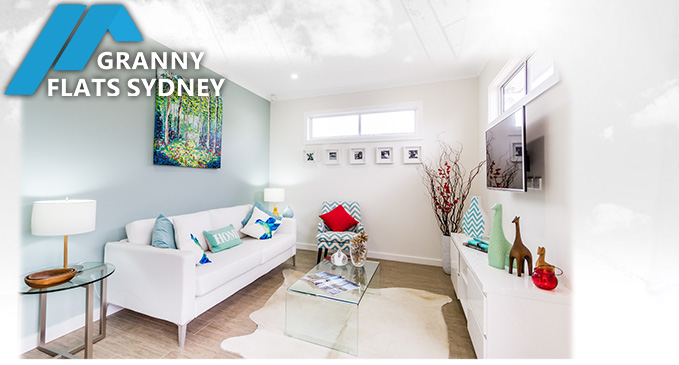
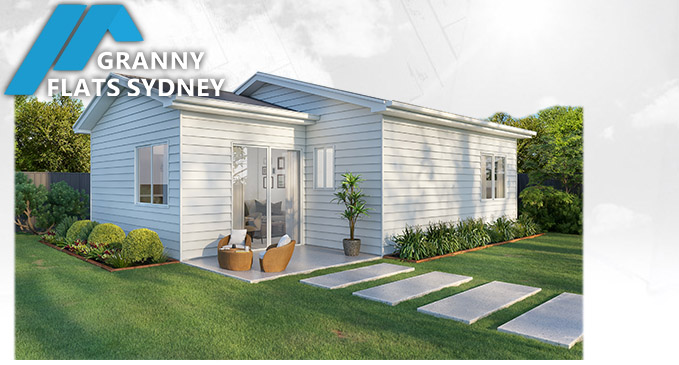
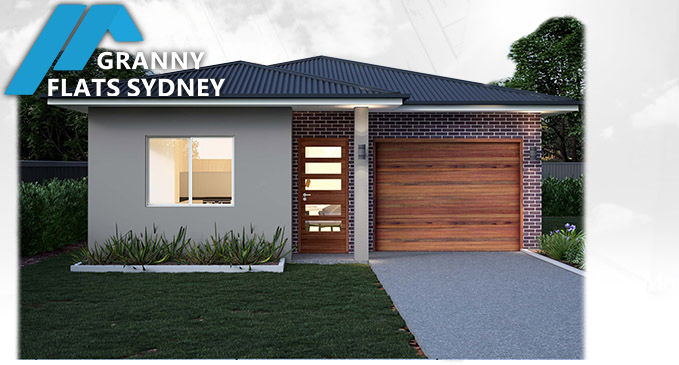
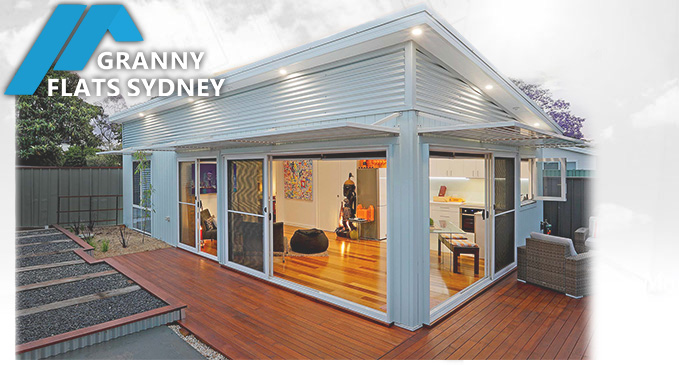
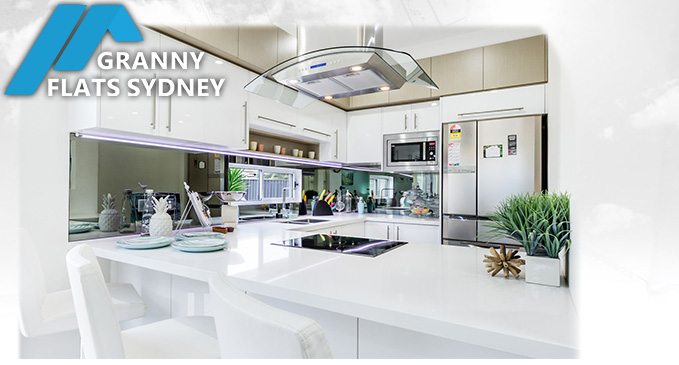

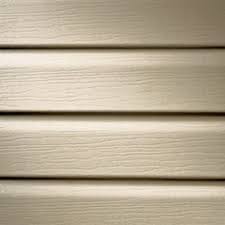
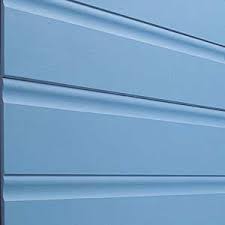
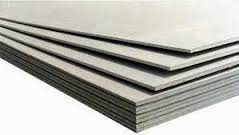
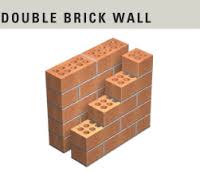
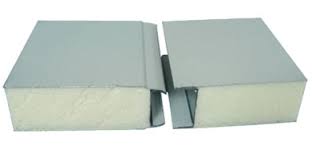
























10 replies on Granny Flat Cladding Options
HI ,
Fabulous information on this site and easy to understand. !
Do you know of any sustainable cladding panels , like bamboo or hemp . I would like to build my tiny house sustainably ?
Thankyou Kate
Hi Kate,
I think timber is a sustainable cladding option. Granny flats arent huge by any means but I applaud your green thinking!
Serge.
Noticed no mention of Orange Board by RMAX which then has a 8mm thickness Acrylic Render and if done properly is certified for BAL29
Thanks Heather,
Have you used it? If so, please send me a pic, Id love to see it.
Ta,
Serge
If the NSW Planning Dept. does not recognise the term “transportable house” then why is it not possible to use a “so-called” transportable house as long as it meets all the building regulations for a dwelling such as footings, insulation, ceiling heights and wet sealing? There was a case in Queensland that an over 50″s Residential Park argued successfully in the Planning Court that their Hebel and concrete slab houses were relocatable as there is no clear definition of relocatable so clearly almost anything could be in some form relocatable. In the same way could you argue the opposite that since there is no clear definition of transportable that if it met building regs then it is a dwelling and SEPP conditions could apply?
Hi Win,
Can you please post your comment in the relevant thread here:
https://www.grannyflatapprovals.com.au/relocatable-granny-flats/
Ta.
Serge
How about James Hardie Scyon claddings? Heard some good reviews about them.
Hi Mim,
We’ve used it here: https://www.grannyflatapprovals.com.au/projects/south-penrith/
It’s beautiul but very expensive. Four times the price of regular cladding. It has a special locking system to the frame as well.
Serge.
Hi Sergio
I already know that we can have less than 450m2 lot area for an attached granny flat to an existing dwelling.
Is there any case where we can have less than 12m lot width?
Also, what about if the granny flat is attached to an ancillary or to another outbuilding.
Thank you
Hi Hassan,
For an attached granny flat, the lot width is irrelevant. It must be attached to the house.
Regards,
Serge